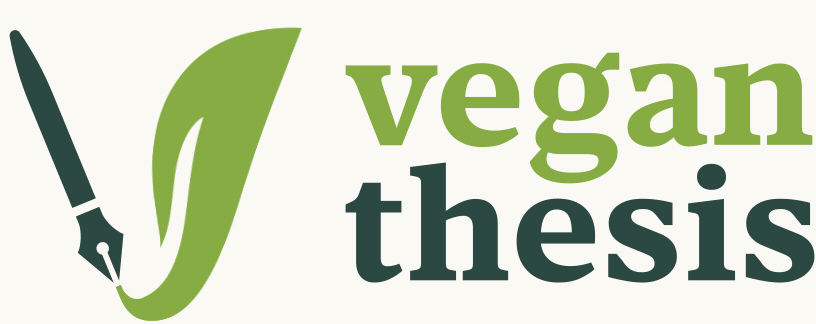What are the key cost components of producing chicken and top-consumed fish species in highly populous countries, and how can these costs be influenced to achieve price changes?
Context and Relevance:
Understanding the full cost of goods for producing animal products, specifically chicken and top-consumed fish species, is critical for identifying potential avenues to influence their prices. This project aims to scope and quantify the inputs and costs required to produce these meats in highly populous countries. By examining factors such as animal care, transportation, facility operations, government subsidies, lobbying, and advertising, this study will provide a comprehensive analysis of the cost structure. The insights gained will help identify strategies to influence the prices of animal products, thereby promoting more sustainable food production and consumption patterns.
Potential Research Approach:
Species and Country Selection: Identify the most compelling species and countries to analyze based on consumption rates, economic significance, and data availability. Prioritize chicken and top-consumed fish species in countries with high population densities.
Input Scoping: Scope the full range of material inputs required for producing chicken and selected fish species. Inputs include animal care (feed, housing, veterinary), transportation, slaughter and packaging facility operations, government subsidies, lobbying, and advertising.
Cost Quantification: Quantify the cost of each input as a percentage of the total cost of goods sold (COGS) per animal. Use industry reports, academic literature, and market data to obtain accurate cost estimates.
Future Cost Projections: Assess the likely change or stability in the cost of each input over the next ten years under two scenarios:
Business as usual.
Rapid reduction in demand for animal products.
Influence Assessment: Evaluate each input in terms of the opportunity to influence (increase or decrease) its cost. Consider economic, regulatory, and technological factors that could affect input costs.
Redirection Potential: Assess the potential for each input to be redirected to alternative uses, such as other forms of food production. Explore the feasibility and implications of such redirections.
Additional Questions:
How do government subsidies and lobbying efforts impact the cost structure of producing chicken and fish in different countries?
What role do transportation and facility operations play in the overall cost of goods, and how can these areas be optimized for cost reduction?
What are the environmental and economic implications of redirecting inputs from animal product production to alternative food sources?
